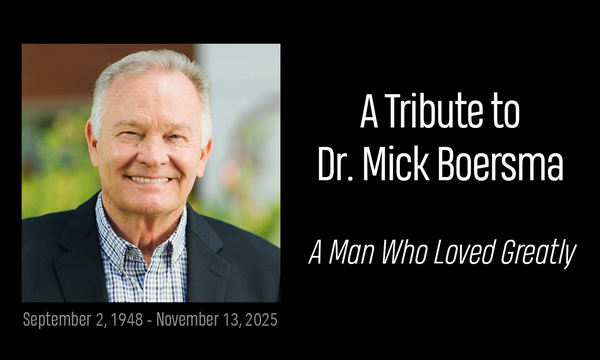When you read the Bible, how do you connect what you read to practical life? When you preach or teach from the Bible, how do you move from a historically-rooted text to application in the present day?
The most common modern approach is “principlizing.” Modern Christians frequently try to discover a “principle” in whatever biblical text they are reading and then apply that principle to life. I’d like to suggest that searching for biblical patterns and themes might be a better approach to bridging into application than principlizing. It’s not that principlizing is really bad, though it does remind me of trying to identify a piece of classical music when the twenty persons in an “orchestra” are playing kazoos! You may still be able to identify the music correctly, but something gets lost in transmission.
I can think of four problems with principlizing that could be alleviated if we were to search for biblical patterns and themes instead.
- Principles tend to float high above the text, almost like platonic truths that are separate from the physical world. Patterns and themes, on the other hand, are historically-rooted and textually-linked both to the author and to each other.
- Principles are difficult to connect to the redemptive-historical storyline of the Bible, a story that centers on the person and work of Jesus. Showing how the text connects to Jesus is usually easier when you’re looking for biblical patterns and themes.
- Principles are far easier to “discover” than are patterns and themes (and this is a problem). Interestingly, this means that in practice principlizers will normally “find” more principles than they would if they were seeking out biblical patterns and themes. But this observation should serve as a warning that we might have a tendency to read more of our own ideas in than are actually there in the text.
- Principlizing was not the method employed by the New Testament apostles in their applications of the Old Testament text to first-century new covenant life. New Testament authors paid special attention to historical patterns and theological themes, and drew their applications from them.
This last point may turn out to be decisive in helping us move from text to application. We are happy to draw from the examples of the apostles in other areas; perhaps we should do the same in trying to figure out how to move from Scripture into application. New Testament authors noticed that there were recurring patterns in what God did, especially in his dealings with the nation of Israel, and concluded that God had placed those patterns into history to show us how all of history centers around Christ. New Testament authors also noticed that recurring theological themes peppered the Old Testament, and concluded that, similar to the patterns, such themes were placed there by God to bring unity to the Old Testament and orient everything toward Christ.
Now it just so happens that pattern-and-theme questing will sometimes yield the same results as searching for principles does, but just not in every case. Regardless, looking for patterns and themes will keep you rooted in the text, compel you to consider God’s broader purposes in history, and force you to keep connecting Scripture with Scripture in a way that principlizing will not.
This post and other resources are available at Kindle Afresh: The Blog and Website of Kenneth Berding.
 Biola University
Biola University

